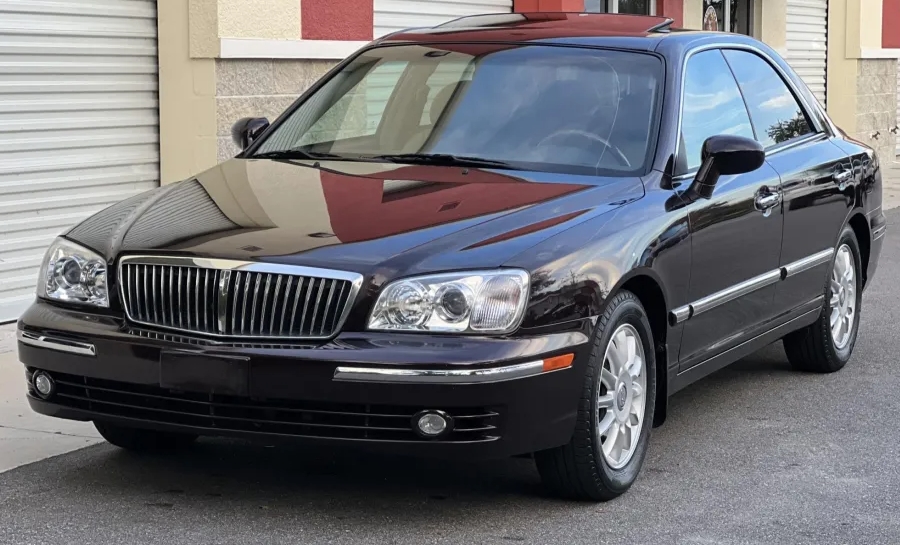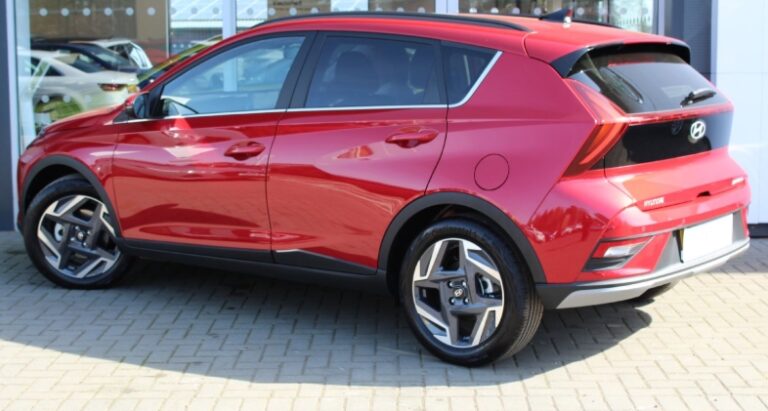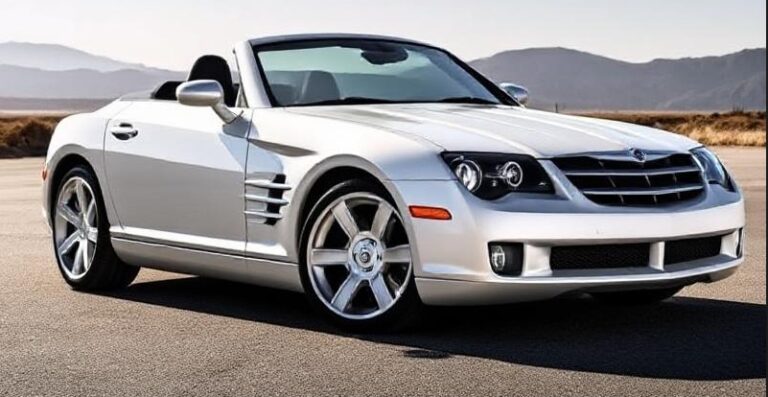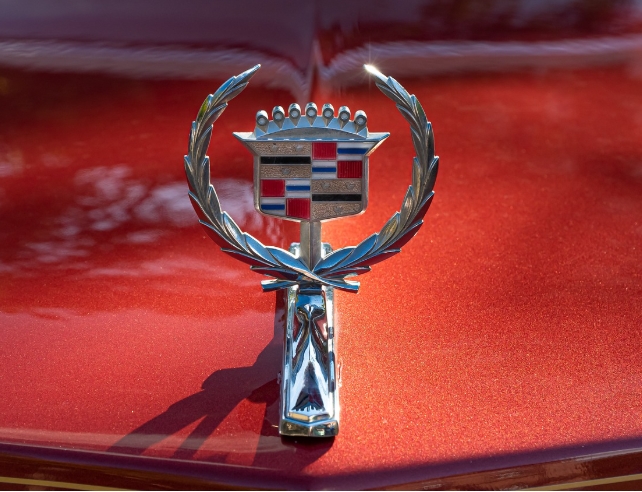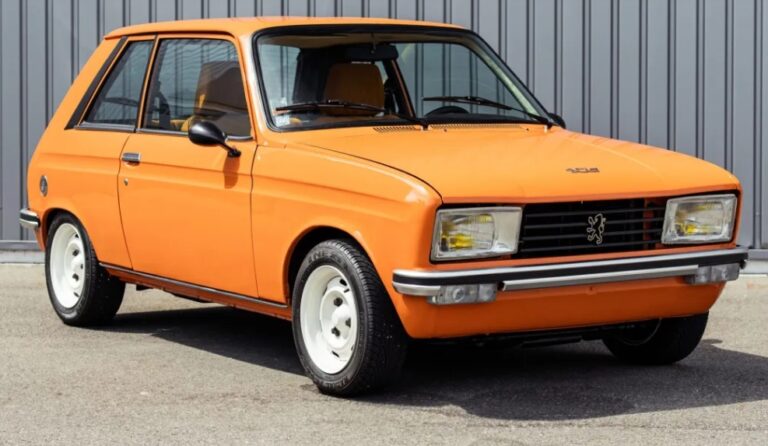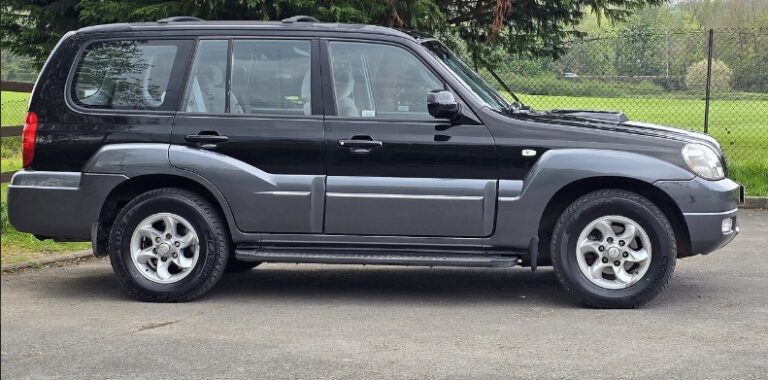The Ambitious Pioneer: A Factual History of the Hyundai XG
In the annals of automotive history, some cars are celebrated for their revolutionary design, others for their earth-shattering performance. The Hyundai XG is not one of those cars. Instead, its significance lies in what it represented: a bold, almost audacious declaration of intent from a brand determined to shatter its econobox image. The Hyundai XG was the company’s first serious attempt to compete in the near-luxury sedan market in North America, a crucial, if somewhat awkward, stepping stone that paved the way for the acclaimed Azera, the Genesis line, and the premium brand Hyundai is today. This is the evolution of that ambitious pioneer.
The Genesis Before the Genesis: The Grandeur XG
To understand the Hyundai XG, one must first look to its domestic market roots. The car known to Americans as the XG was, in fact, the third-generation Hyundai Grandeur, a nameplate that had served as the flagship of Hyundai’s Korean lineup since 1986. The first two generations of the Grandeur were developed in partnership with Mitsubishi, essentially rebadged versions of the Mitsubishi Debonair. They were large, conservative sedans designed for executives and dignitaries in South Korea.
By the late 1990s, Hyundai had matured significantly as a manufacturer. For the third-generation Grandeur, codenamed “XG,” Hyundai took the lead, developing the platform and drivetrain in-house. While it still shared some mechanical underpinnings with the mid-size Sonata, the XG was larger, more opulent, and engineered for a higher level of comfort and refinement. Launched in South Korea in 1998, the Grandeur XG was a domestic success. Emboldened, Hyundai decided it was time to test the waters of a more discerning, brand-conscious market: North America.
The North American Debut: The XG300 (2001)
In a calculated move to distance its new flagship from the budget-friendly reputation of the Hyundai name, the car was introduced to the United States for the 2001 model year simply as the “XG300.” The name was a straightforward descriptor: “XG” from its internal codename and “300” denoting the displacement of its engine.
Engine and Drivetrain: The 2001 XG300 was powered by a 3.0-liter version of Hyundai’s “Delta” V6 engine. This DOHC 24-valve powerplant produced a respectable 192 horsepower and 178 lb-ft of torque. It was mated exclusively to a five-speed automatic transmission with a “Shiftronic” manual-shifting mode—a surprisingly premium feature for the segment at the time. All models were front-wheel drive.
Styling and Design: The styling of the XG300 was a pastiche of early 2000s luxury cues. Observers noted the quad-oval headlights reminiscent of the Jaguar S-Type, a formal grille that hinted at Mercedes-Benz, and a gently arching roofline common among its contemporaries. It was handsome and conservative, if not particularly original. The goal was clearly to look expensive and familiar, to reassure buyers who might be hesitant about a premium Korean sedan. Frameless door glass added a touch of class, a design element rarely seen outside of more expensive European marques.
Trim Levels and Value Proposition: The XG300’s trump card was its incredible value. Hyundai packed the car with a staggering list of standard features to lure buyers away from the established Japanese and American competition, such as the Toyota Avalon, Nissan Maxima, and Buick LeSabre. For its inaugural year, the XG300 was offered in two distinct trim levels:
- XG300 (Base): The “base” model was anything but. Standard equipment included leather upholstery, an eight-way power driver’s seat, automatic climate control, a six-speaker CD stereo system, 16-inch alloy wheels, fog lights, cruise control, and full power accessories. Safety features were also comprehensive for the era, with four-wheel anti-lock disc brakes (ABS), traction control, and front and side-impact airbags for the driver and front passenger.
- XG300 L: The “L” trim added a host of upscale features on top of the already generous standard list. These included a power glass sunroof, a premium 210-watt Infinity sound system with a 6-disc in-dash CD changer, driver’s seat memory functions, heated front seats, chrome-accented door handles, and an electrochromic auto-dimming rearview mirror with a built-in compass.
The XG300 was met with a mix of curiosity and cautious praise. Critics acknowledged its quiet, comfortable ride and immense value but often pointed to its overly soft suspension, which prioritized comfort at the expense of handling precision, and its engine, which felt adequate but lacked the refinement of its Japanese rivals. More than anything, it faced the monumental challenge of brand perception. A $24,000 Hyundai was a tough sell in a world where the brand was synonymous with the $10,000 Accent.
.

.
The Evolution and Power Boost: The XG350 (2002-2005)
Hyundai was quick to address one of the primary criticisms of the XG300. For the 2002 model year, just one year after its debut, the car received a significant heart transplant and a new name to match: the XG350.
Engine Upgrade: The 3.0-liter Delta V6 was replaced by the larger 3.5-liter “Sigma” V6, the same engine found in the Hyundai Santa Fe SUV and Kia Sedona minivan. This engine change brought a welcome, if not dramatic, increase in power. Output was now rated at 194 horsepower—a negligible two-horsepower gain—but torque saw a substantial jump to 216 lb-ft. This added torque made the XG350 feel much more responsive and effortless in everyday driving situations, particularly from a standstill and during highway merging. The five-speed Shiftronic automatic transmission carried over.
Trim Levels (2002-2003): The trim structure remained the same, simply updated with the new model designation:
- XG350 (Base): Carried over the extensive standard features from the XG300, now with the more powerful 3.5L engine.
- XG350 L: Continued as the range-topping model, bundling the sunroof, premium audio, heated memory seats, and other luxury amenities.
These early XG350 models were externally identical to the 2001 XG300. The only way to tell them apart was the “XG350” badge on the trunk lid. The core mission remained unchanged: deliver a C-Class experience for an Accord price.
The Mid-Cycle Refresh: The Refined XG350 (2004-2005)
To keep the model fresh and address some stylistic critiques, Hyundai gave the XG350 a significant mid-cycle refresh for the 2004 model year. This update sharpened the car’s appearance and modernized its interior, giving it a more distinct and confident look.
Exterior Changes: The most noticeable changes were at the front and rear.
- Front: The Jaguar-esque quad headlamps were replaced with larger, single-piece projector-beam headlight units, giving the car a more modern and upscale face. The grille was redesigned with fewer, thicker vertical bars.
- Rear: The taillights were updated with a cleaner, more contemporary design.
- Wheels: New alloy wheel designs were introduced for both trim levels.
Interior and Feature Updates: Inside, the dashboard and center stack were revised. The audio and climate controls were given a more integrated and ergonomic layout. The faux wood trim was updated, and overall material quality saw a minor improvement. Hyundai also shuffled some features. For instance, a trip computer became standard on both trims.
Trim Levels (2004-2005): The two-tier trim strategy continued through the final two years of production. The equipment levels were largely the same as the 2002-2003 models, but they now benefited from the refreshed styling and interior design.
- XG350 (Base): Featured the new projector headlights, revised interior, and a comprehensive list of standard luxury amenities.
- XG350 L: Remained the fully loaded model, combining all available features into one package. By this point, the price of a loaded XG350L was approaching $26,000, still a bargain compared to its competitors but pushing the upper limit of what the market would accept for a Hyundai.
The 2004-2005 XG350 represented the model at its most evolved state. The styling was more cohesive, the interior more user-friendly, and the drivetrain proven and reliable. It remained a supremely comfortable and quiet highway cruiser, a rolling testament to Hyundai’s commitment to value.
The End of the Line and a Lasting Legacy
Production of the Hyundai XG350 for the North American market ceased after the 2005 model year. By then, the car had fulfilled its mission. It successfully planted the Hyundai flag in near-luxury territory, proving that the company could build a large, comfortable, and well-equipped sedan. It served as a Trojan horse of luxury features, conditioning a small but important segment of the market to associate Hyundai with more than just basic transportation.
The XG’s direct successor, the 2006 Hyundai Azera, was a quantum leap forward. Built on a new platform with a more powerful engine, a six-speed automatic, and a design that was both original and confident, the Azera was met with widespread critical acclaim. It was everything the XG had aspired to be.
Yet, the Azera’s success would not have been possible without the trail blazed by the XG. The XG absorbed the skepticism, battled the brand prejudice, and taught Hyundai invaluable lessons about the expectations of premium car buyers. It was the necessary first draft, the ambitious prototype that allowed for the polished final product. While few may remember the Hyundai XG with the same fondness as a classic Toyota or Honda, its place in automotive history is secure. It was the car that started it all—the quiet, comfortable, value-packed pioneer that signaled the beginning of Hyundai’s remarkable journey upmarket.
